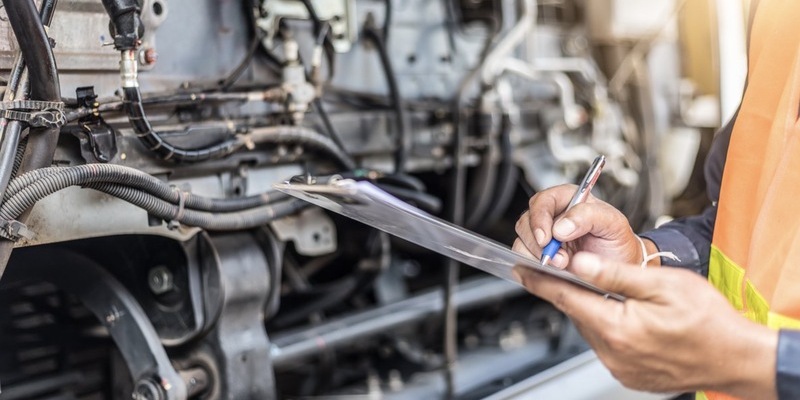
Many crucial processes in the high-stakes world of industrial operations rely on pump systems. Even though they are crucial, they are frequently disregarded until something goes wrong. Though this reactive strategy is popular, it can result in expensive repairs, prolonged downtime, and ineffective operations. The proactive approach known as preventative maintenance (PM) guarantees that pump systems are constantly operating at their best, saving resources, time, and money. This blog will discuss the importance of preventive maintenance in a pump repair shop, as well as its advantages, fundamental procedures, and potential to improve client relations.
In pump systems, waiting for a failure can lead to significant financial and operational setbacks. Reactive repairs often involve emergency services, rushed parts procurement, and extended downtime. On the other hand, preventive maintenance minimizes these disruptions by addressing potential issues early.
For a pump repair shop, adopting a preventive maintenance approach not only ensures equipment reliability but also builds trust with customers. A well-maintained pump lasts longer, performs better, and reduces overall operating costs for end-users—turning a repair shop into a valuable partner in maintaining operational continuity.
Frequent examinations and prompt repairs minimize wear and tear, guaranteeing that pumps continue to operate for extended durations.
By identifying and resolving small issues early, PM eliminates the need for expensive emergency repairs and replacement parts.
When a pump is properly maintained, it runs as efficiently as possible, using less energy and saving money.
Proactive maintenance reduces unexpected breakdowns, ensuring seamless operations and enhancing the reputation of the repair shop.
To maximize the benefits of PM, it’s crucial to implement these best practices:
Routine Inspections: Regularly check for signs of wear, corrosion, leaks, and unusual noises.
Lubrication: Ensure moving parts are adequately lubricated to reduce friction and prevent overheating.
Alignment Checks: Verify the alignment of pump shafts and couplings to avoid unnecessary stress on components.
Cleaning and Debris Removal: Keep pumps free of debris and clogs to maintain consistent performance.
Replacement of Worn Components: Proactively replace parts nearing the end of their lifespan to prevent system failure.
Tracking Maintenance History: Maintain logs of performed tasks, schedules, and parts replaced.
Identifying Trends: Use data to predict potential failures and optimize maintenance intervals.
Enhancing Customer Trust: Providing transparent records reinforces the repair shop’s reliability and professionalism.
Modern technology has revolutionized PM practices in pump repair shops. Key tools and techniques include:
Vibration analysis to detect imbalances or misalignments.
Thermal imaging to identify overheating components.
Real-time monitoring and diagnostics through IoT devices allow shops to anticipate issues and schedule maintenance proactively.
Invest in Training: Ensure technicians are equipped with the latest PM techniques and tools.
Stay Updated: Regularly participate in industry workshops and certifications to stay ahead of trends.
Expert technicians not only perform better maintenance but also inspire confidence in customers.
Offering PM Plans: Develop subscription-based PM programs that offer regular inspections and discounts on repairs.
Educational Outreach: Educate customers about the cost-saving benefits of PM, turning it into a value-added service.
Cost and Resource Allocation: Establishing a PM program requires upfront investment in tools, training, and personnel.
Customer Education: Many customers may initially prefer to spend on maintenance for systems that appear functional. It’s crucial to communicate the long-term savings and reliability benefits.
Preventive maintenance is a game-changer for pump repair shops. By embracing a proactive approach, repair shops can minimize breakdowns, maximize efficiency, and build lasting relationships with their customers. The benefits are undeniable: longer equipment lifespans, reduced costs, and greater operational continuity.